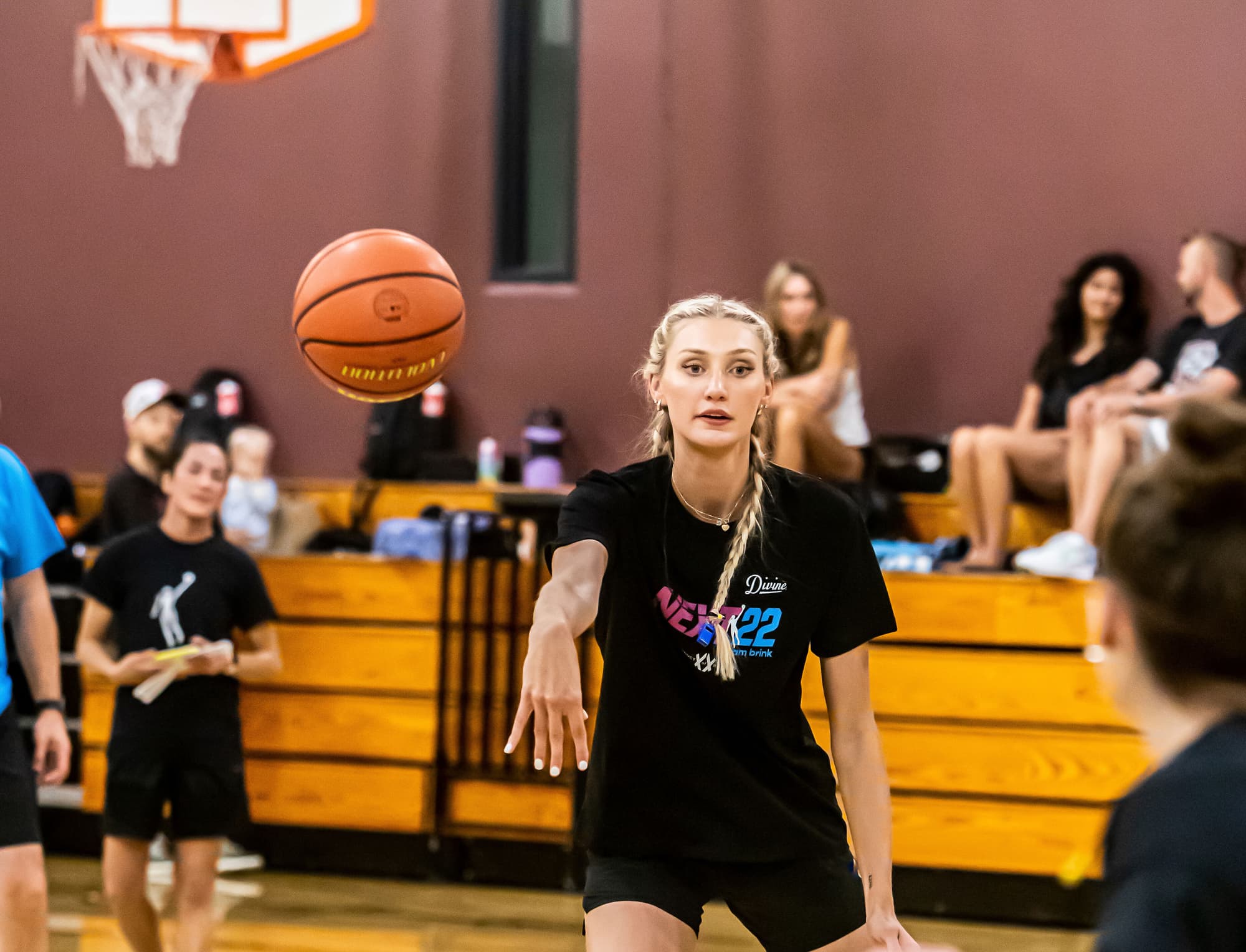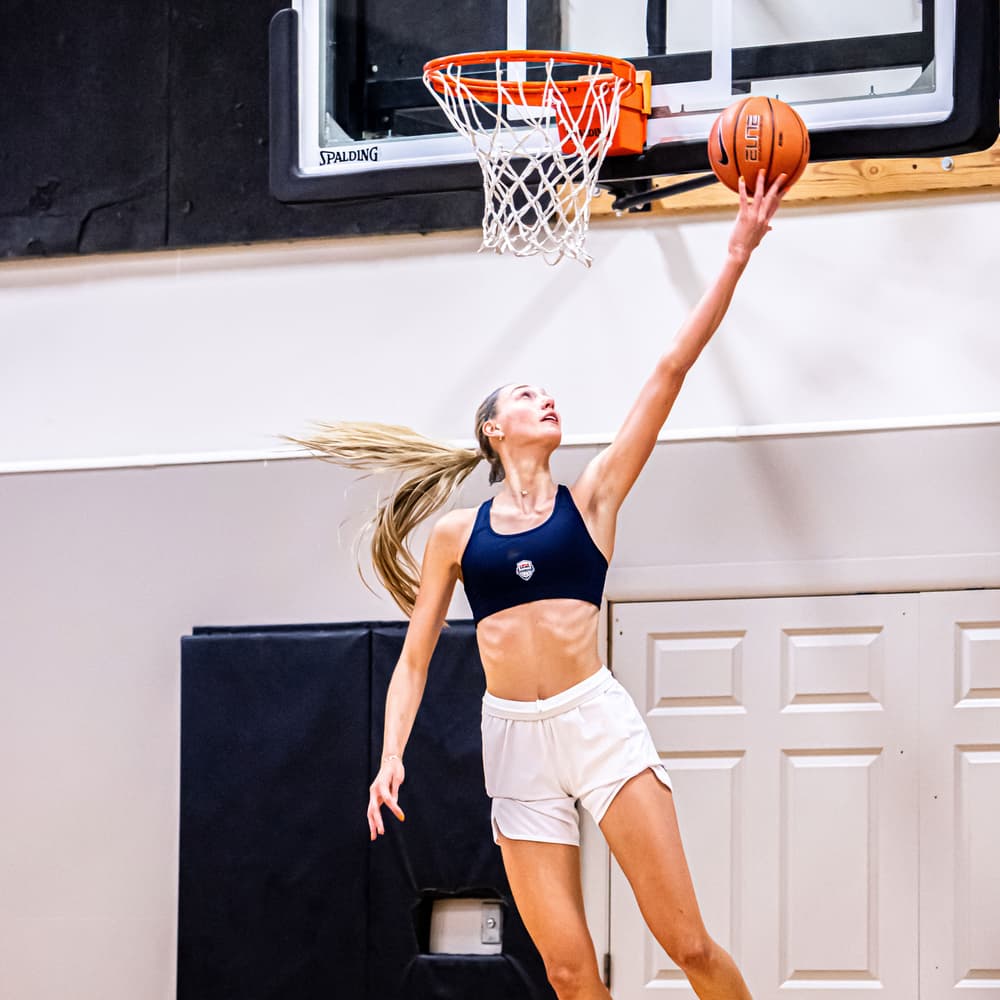Cameron Brink achieves visual freedom with the EVO implantable lenses
Basketball Player
Basketball Player

Vision struggles on and off the court
Cameron Brink, a star on the women’s basketball team of Stanford University, faced the daily struggles of glasses and contacts, impacting both her personal and professional life.

EVO ICL: the game-changer
Cameron's vision problems started in the 5th grade when glasses became a part of her daily life. Later, her reliance on visual aids expanded to contacts, introducing a new set of challenges. For approximately 12 years, Cameron navigated the world through glasses and contacts. "I've been wearing glasses or contacts since I was in the 5th grade. And started to struggle with eye dryness and irritation. As a basketball player, I was constantly losing my contacts during games and practice!" The burden of being nearsighted became an accepted norm… until Cameron learned about the EVO Implantable Collamer® Lenses (EVO ICL).
Cameron's decision to correct her nearsightedness with the EVO ICL procedure was fueled by the desire to break free from the constraints of traditional vision correction methods. With EVO ICL, Cameron's life took a remarkable positive turn. "My life has changed for the better! I don't have to fumble with contacts anymore when I wake up or during the day, and my eyes aren't irritated anymore. Plus, I don't have to worry about losing lenses on the court!"
The differences post-EVO ICL are noticeable. In Cameron's words, "my eyes aren't irritated and dry like they were when I wore contacts. And I love waking up in the morning seeing clearly." Cameron emphasizes the life-changing benefits that extend beyond the basketball court. Choosing EVO ICL was not just about vision correction; it was a lifestyle choice. "The time I save each day! Living a life free of contacts was a huge selling point; as well as the fact that the EVO lens implant is reversible if I ever need it."
Join her in experiencing the world with newfound clarity and confidence. For those on the fence about EVO ICL, Cameron passionately encourages,
"Talk to your eye doctor today. It's truly a life-changing procedure!"
Ready to embrace a life without the hassle of glasses and contacts? Discover the possibilities with EVO ICL. Call an EVO advisor today to schedule an appointment with an eye doctor near you, and embark on your own journey towards visual freedom!
Gotowy(-a), aby odkryć swobodę widzenia z wszczepialnym soczewkom kontaktowym? Znajdź lekarza już dziś.
Wybierz swój region
Latin America
Przypisy
- Zhang H, Deng Y, Ma K, Yin H, Tang J. Analysis on the changes of objective indicators of dry eye after implantable
collamer lens (ICL) implantation surgery. Graefes Arch Clin Exp Ophthalmol. 2024 Jul;262(7):2321-2328.


